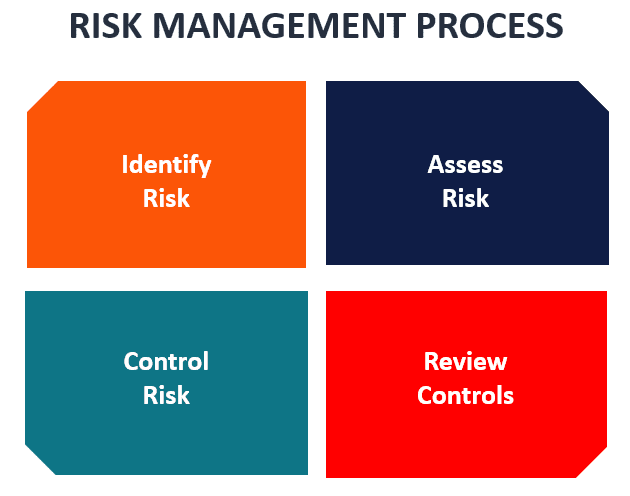
Elements of Strategy: A Comprehensive Overview
Introduction:
In the intricate world of business, where challenges and opportunities converge, the essence of success resides in strategic thinking. A well-crafted strategy serves as the guiding compass for organizations, steering them through the complexities of the market. This blog embarks on an exploration of elements of strategy and its fundamental components that shape an effective strategy, unravelling the intricate tapestry that distinguishes triumph from mere survival.
Elements of an Effective Strategy: Navigating the Path to Success

1. Clear Objectives:
Overview: The foundation of a successful strategy rests on clear, well-defined objectives.
Importance: These objectives act as the North Star, offering direction and purpose to every action taken by the organization.
2. Thorough Environmental Analysis:
Overview: Strategic planning entails a comprehensive analysis of the internal and external business environment.
Application: Understanding market trends, competitor landscapes, and internal capabilities is crucial for informed decision-making.
Glance at the purpose of small business strategy
https://ediify.com/the-purpose-of-all-good-small-business-strategy-is/
3. Resource Optimization:
Overview: An effective strategy optimizes the allocation of resources, including time, finances, and human capital.
Impact: Prioritizing initiatives aligned with strategic objectives maximizes the impact of available resources, fostering operational efficiency.

4. Risk Management:
Overview: A robust strategy incorporates a risk management plan to identify and mitigate potential challenges.
Importance: Proactive risk management ensures organizations are prepared to navigate uncertainties and challenges effectively.
5. Innovation and Adaptability:
Overview: Successful strategies cultivate a culture of innovation and adaptability.
Application: Encouraging creative thinking and adaptability allows organizations to stay ahead of the curve and capitalize on emerging opportunities.
6. Effective Communication:
Overview: Clear and effective communication of the strategy is crucial for successful implementation.
Importance: Ensuring that every stakeholder understands the strategy promotes alignment and commitment across the organization.
7. Performance Measurement and Feedback:
Overview: An effective strategy incorporates mechanisms for measuring performance and gathering feedback.
Application: Regular assessments enable organizations to track progress, identify areas for improvement, and make necessary adjustments.
Explore the importance of strategy
https://ediify.com/exploring-the-importance-of-strategy-a-comprehensive-guide/
Navigating Success: The Far-Reaching Impact of Strategy Elements
a] Strategic Alignment:
Clear objectives and thorough environmental analysis ensure that every aspect of the organization aligns with the overarching strategy.
b] Adaptive Resilience:
Elements like flexibility, adaptability, and effective risk management contribute to an organization’s ability to navigate challenges and adapt to changing circumstances.
c] Innovation and Competitiveness:
Strategies that promote innovation and creativity position organizations as industry leaders, driving competitiveness and sustainable growth.

Conclusion:
As organizations navigate the complexities of the business landscape, the elements outlined above become the pillars of a successful strategy. Whether it’s the clarity of objectives, adaptability to change, or a commitment to innovation, each element contributes to the strategic framework that propels organizations toward enduring success. In embracing these elements of strategy, organizations not only navigate the challenges of today but also build a foundation for sustained growth and competitiveness in the ever-evolving landscape of the future. Success, in the truest sense, lies in the careful integration of these elements, creating a strategic roadmap that not only withstands the test of time but also paves the way for continuous excellence.



















